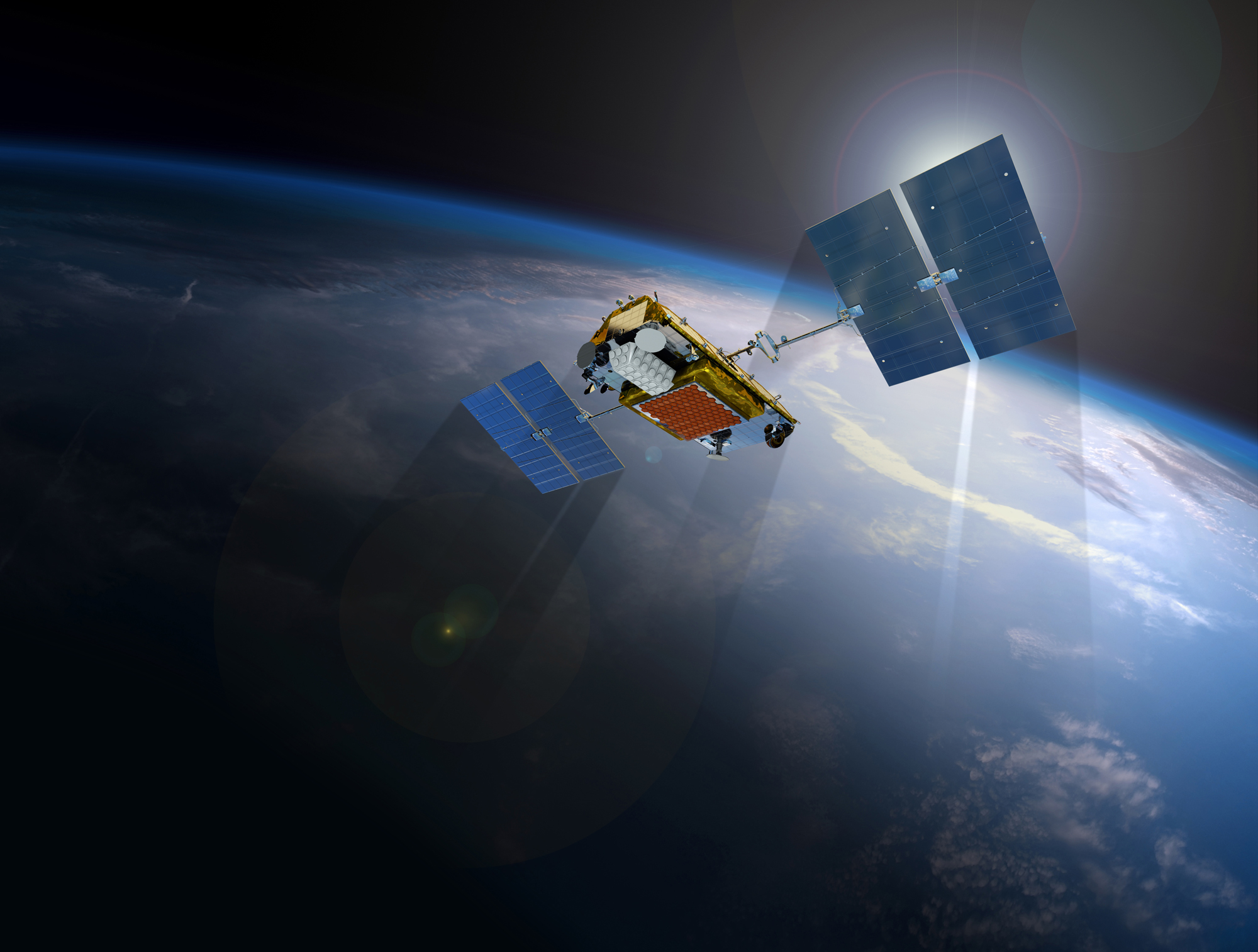SpaceX Returns to Flight Today: Watch the Rocket Launch & Landing Try Live

Update for 1:30 pm ET: SpaceX has successfully launched (and landed) its Falcon 9 rocket and 10 Iridium NEXT satellites. Read our full story here: SpaceX Returns to Flight with 10-Satellite Launch, Rocket Landing
Watch Our Launch Video | Watch the Falcon 9 Land at Sea | See Photos from the Launch
A SpaceX rocket will take to the skies today (Jan. 14) for the first time since a Sept. 1 launchpad explosion, and you can watch the highly anticipated liftoff live.
SpaceX's two-stage Falcon 9 rocket is scheduled to launch 10 communications satellites for the company Iridium into low-Earth orbit today, with liftoff from California's Vandenberg Air Force Base targeted for 12:54 p.m. EST (1754 GMT; 9:54 a.m. local California time). You can watch it live here at Space.com, courtesy of SpaceX.
You can also follow the launch directly via SpaceX at http://www.spacex.com/webcast or https://www.youtube.com/user/spacexchannel.
The 10 satellites are the first of a planned 70 that SpaceX plans to loft for Iridium's new NEXT constellation over a series of seven launches. This network will replace the constellation of 66 spacecraft that Iridium currently operates in low-Earth orbit, company representatives have said.
Today's liftoff — which was pushed back from Jan. 9 because of bad weather and issues with launch-site availability — will also include some action in the downward direction. SpaceX plans to try to land the Falcon 9's first stage on a robotic "drone ship" stationed in the Pacific Ocean, as part of the company's effort to develop fully and rapidly reusable rockets. This is a priority for SpaceX founder and CEO Elon Musk, who has said that such technology will slash the cost of spaceflight and help open the heavens to exploration.
Breaking space news, the latest updates on rocket launches, skywatching events and more!
The Sept. 1 explosion, which occurred during a routine prelaunch test of a Falcon 9, destroyed the rocket and the $200 million Amos-6 communications satellite. SpaceX investigators traced the cause of the accident to the failure of a high-pressure helium tank inside the Falcon 9's upper stage.
SpaceX announced earlier this month that it had wrapped up its mishap investigation. The Federal Aviation Administration has accepted the results of the inquiry and has granted SpaceX a launch license that covers the seven liftoffs required to loft the 70 Iridium-NEXT satellites from Vandenberg.
Follow Mike Wall on Twitter @michaeldwall and Google+. Follow us @Spacedotcom, Facebook or Google+. Originally published on Space.com.

Michael Wall is a Senior Space Writer with Space.com and joined the team in 2010. He primarily covers exoplanets, spaceflight and military space, but has been known to dabble in the space art beat. His book about the search for alien life, "Out There," was published on Nov. 13, 2018. Before becoming a science writer, Michael worked as a herpetologist and wildlife biologist. He has a Ph.D. in evolutionary biology from the University of Sydney, Australia, a bachelor's degree from the University of Arizona, and a graduate certificate in science writing from the University of California, Santa Cruz. To find out what his latest project is, you can follow Michael on Twitter.


